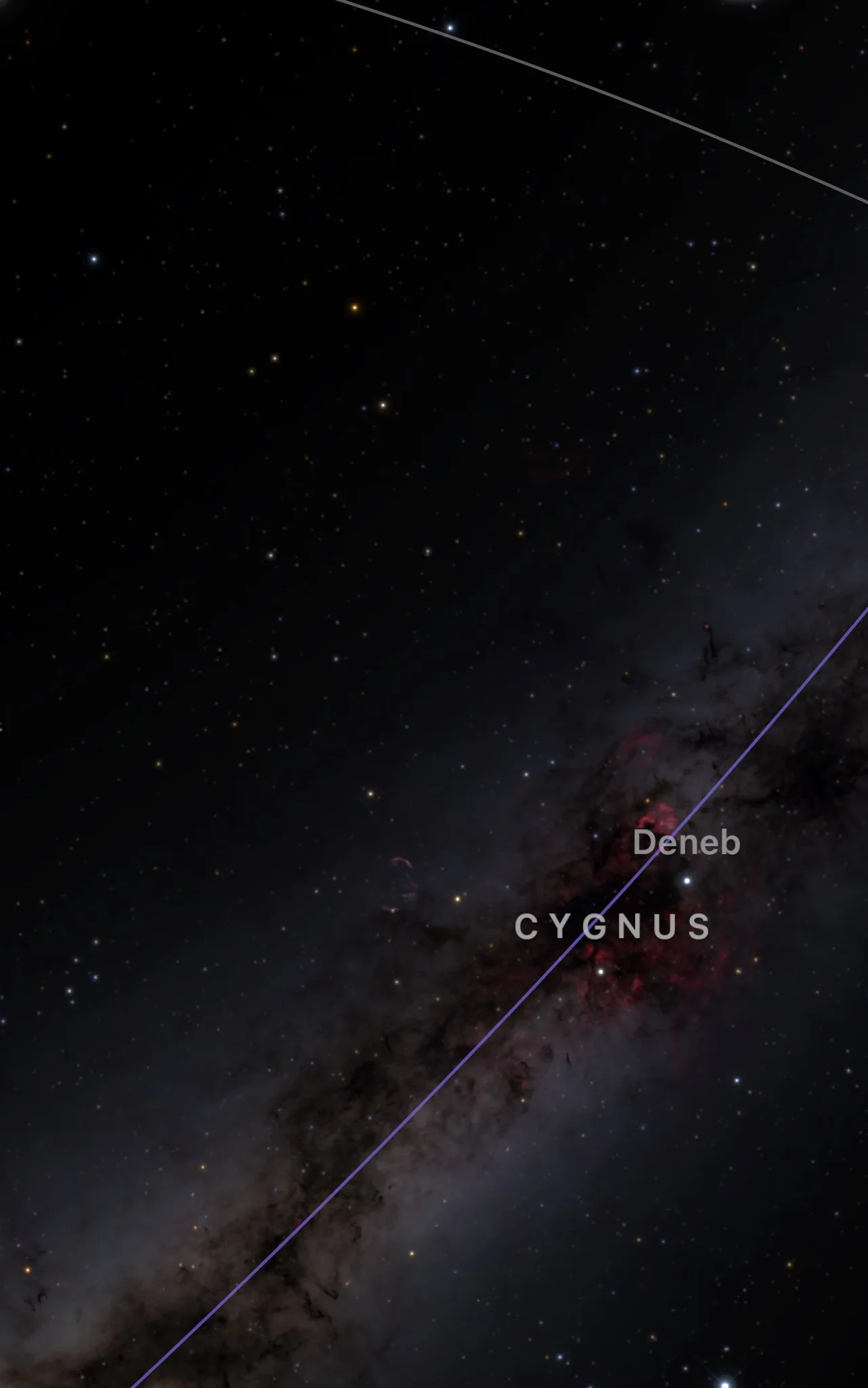....With the arrival of May, we are in the heart of Spring, with kinder temperatures, that invite us to enjoy the beauty of the night sky. Many constellations, which accompanied us in the last half of the year, are now saying goodbye till the next Winter, while from the East the ones which mark the new season are appearing: the faint and weak crab Cancer, the powerful Lion and the terrible monster Hydra, witnesses of the challenges of the mythical hero Hercules, as well as the beautiful Virgin, related to the calendar of the agricultural activities.
In this area, a brilliant yellow object draws strongly our attention: it is the planet Jupiter, the mighty King of the Ecliptic, the giant of the Solar System, whose atmospheric bands, actual storms of incredible size, such as his 4 main satellites, can be admired through a small telescope.
As in the previous months, the Moon is the protagonist of the first part of the month. Nobody remains indifferent when looking at her mountains, craters, seas or highlands. It is difficult to believe we are able to distinguish so many details of her surface, in spite of the enormous distance which separates her from our Earth.
Clear skies to everybody! ..
Con el mes de mayo, ya ha llegado el corazón de la primavera, trayéndonos temperaturas más suaves que invitan a disfrutar del cielo nocturno. Mientras vamos despidiendo las constelaciones que nos acompañaron en el invierno, desde el Este se levantan las que marcan la nueva estación: el pequeño y débil cangrejo Cáncer, el majestuoso León y el terrible monstruo Hydra, testigos de las empresas del mítico héroe Hércules, así como la bonita Virgo, protagonista del calendario de las actividades agrícolas.
En esta zona, nos llama prepotentemente la atención un objeto amarillento muy brillante: es el planeta Júpiter, el majestuoso Rey de la Eclíptica, el gigante del Sistema Solar, cuyas bandas atmosféricas, autenticas tormentas de dimensiones descomunales, así como sus 4 satélites principales, pueden ser admirados por medio de un pequeño telescopio.
Como en los meses anteriores, la Luna es la protagonista de la primera parte del mes. Nadie permanece indiferente a la visión de sus montañas y sus cráteres, sus mares y sus Tierras Altas. Resulta difícil de creer como lleguemos a ver tantos detalles de su superficie, a pesar de la enorme distancia que nos separa.
¡Cielos despejados para todo!
....



